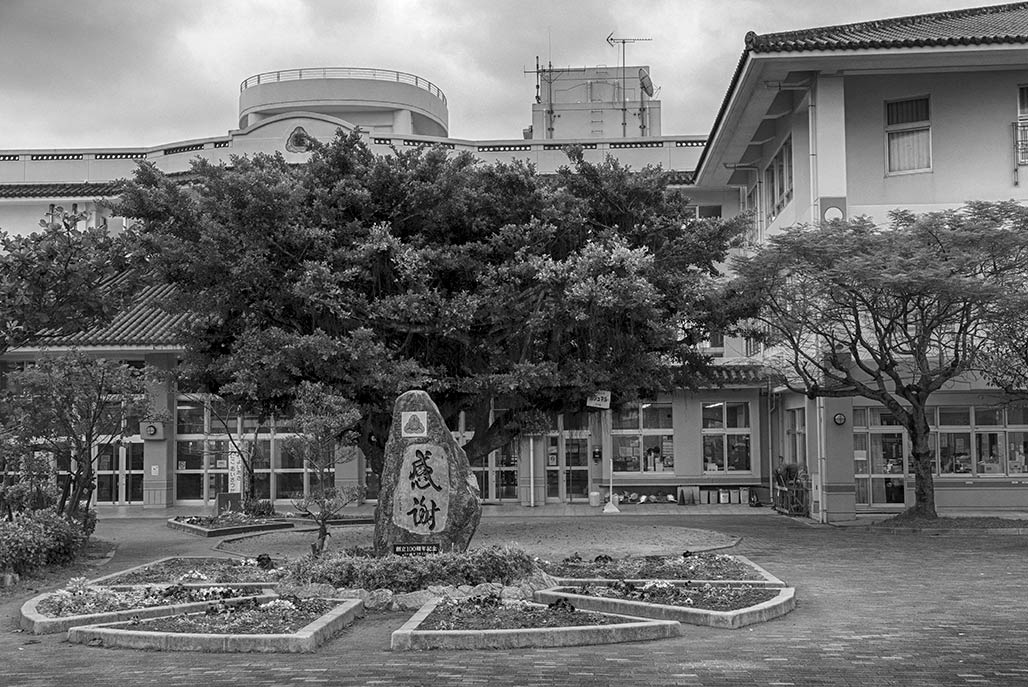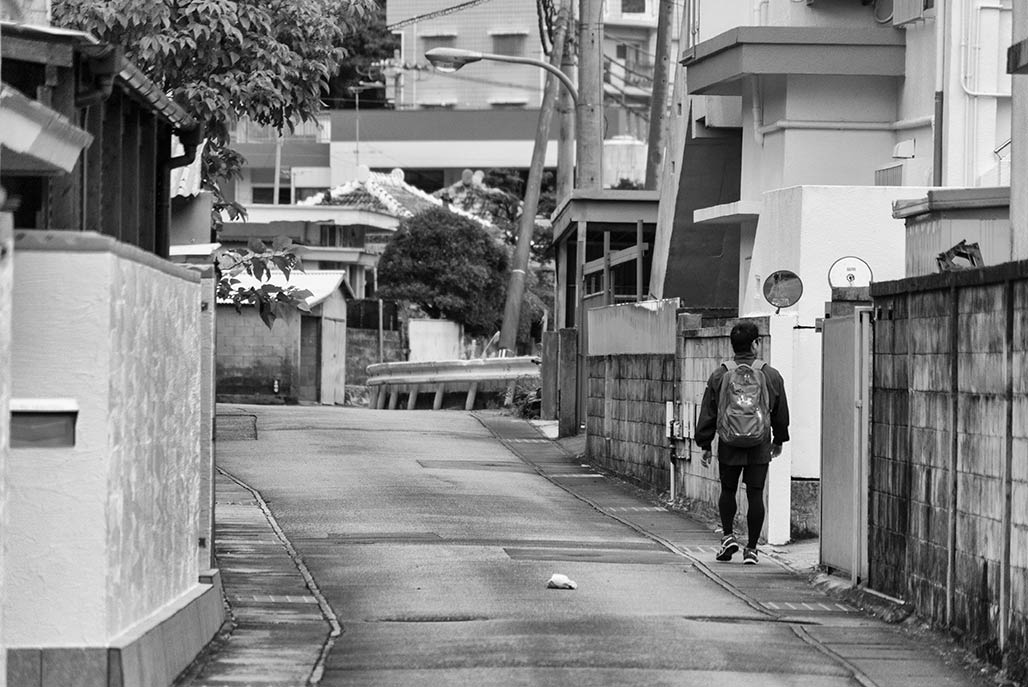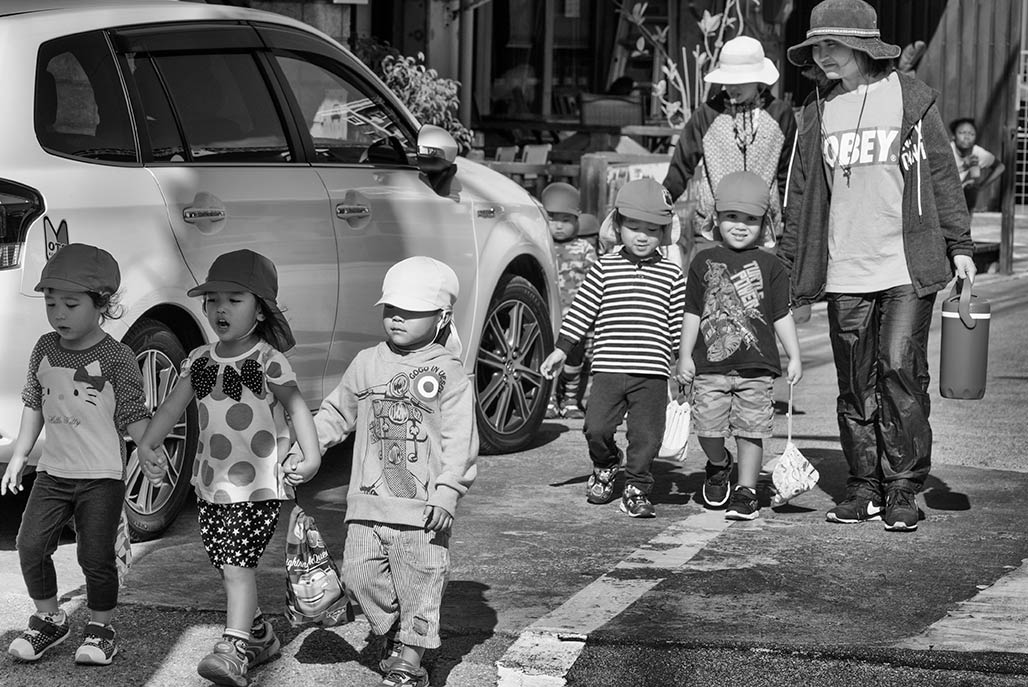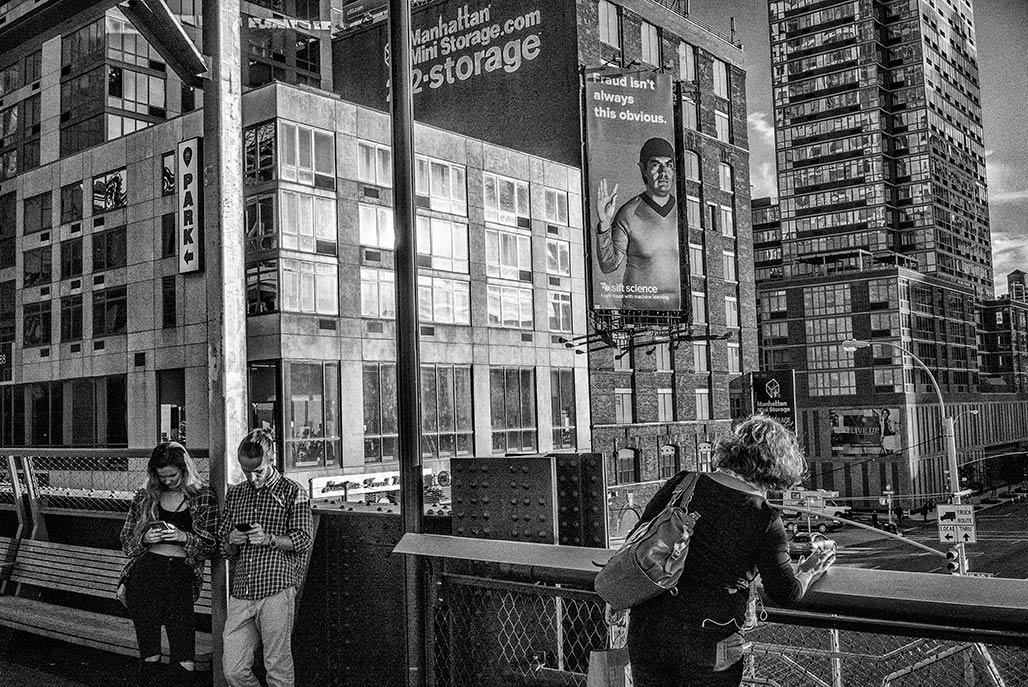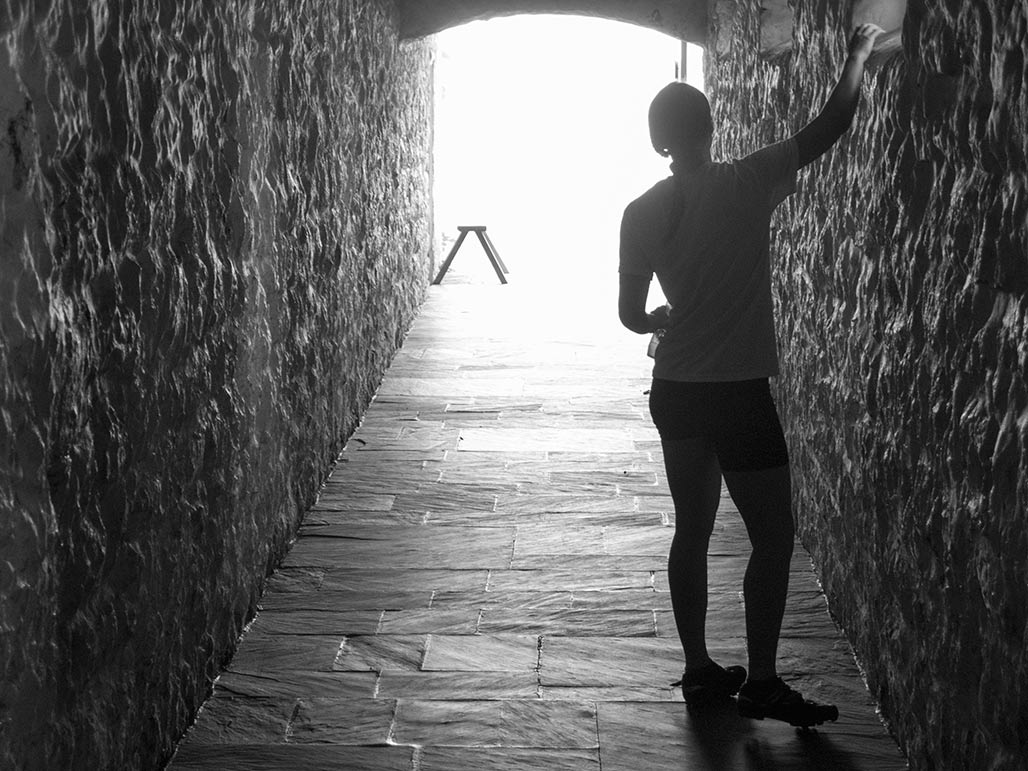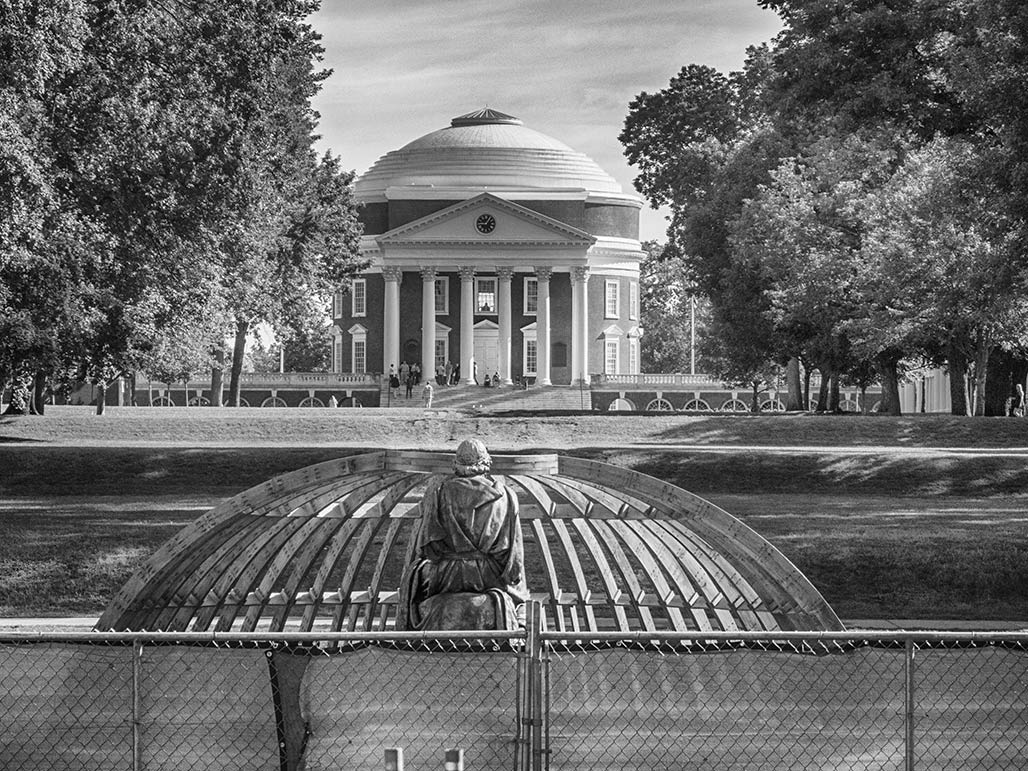
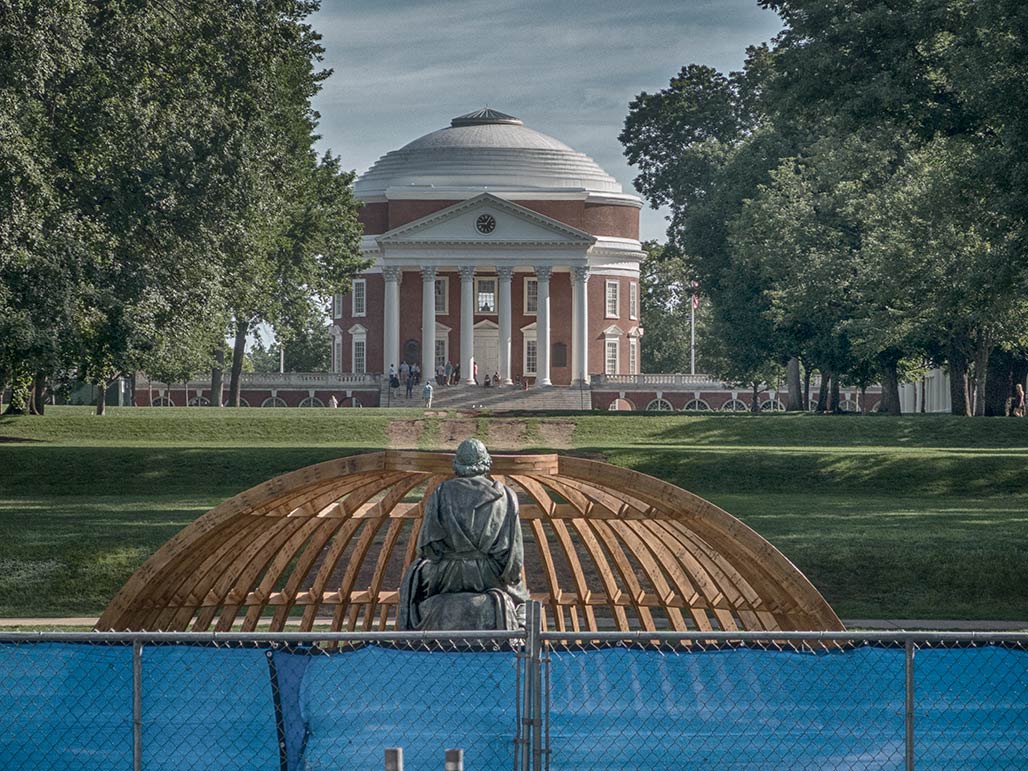
photography from the Chesapeake Bay watershed by Bill Emory


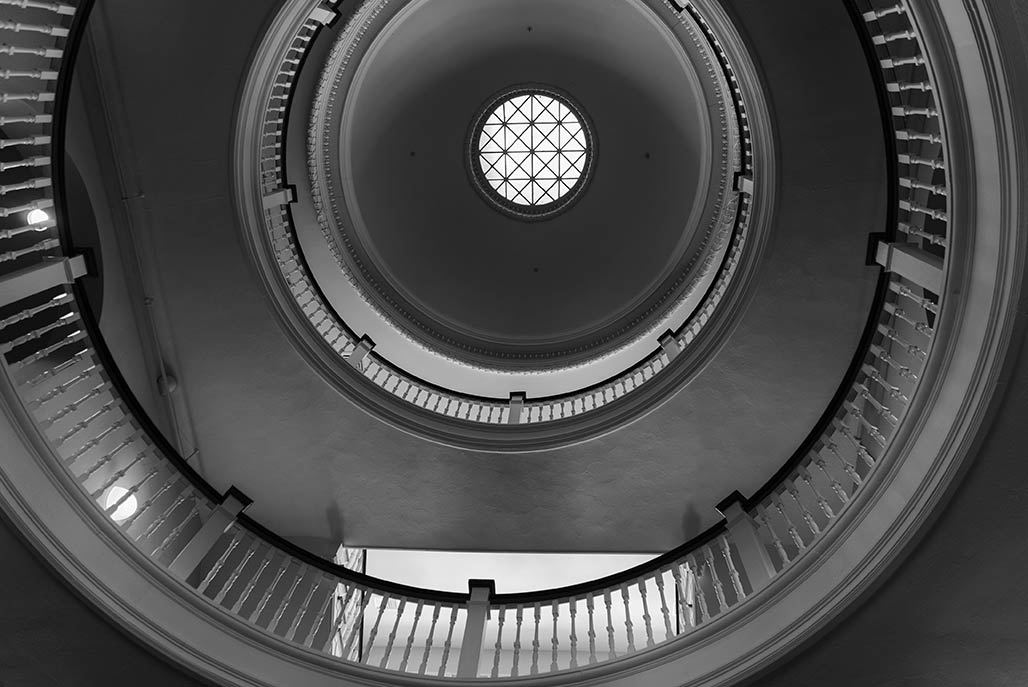
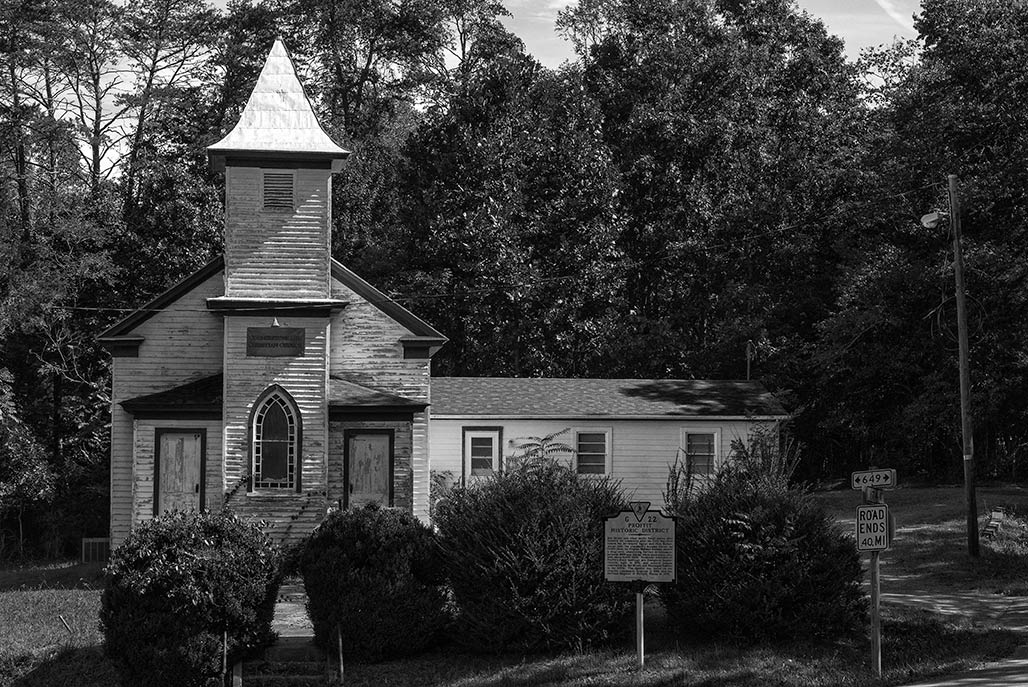
“Listed in the Virginia Landmark Register (1998) and the National Register of Historic Places (1999), Proffit is described as “a rare survivor of the black communities established in Albemarle County after the Civil War, but which have largely disappeared or been rebuilt.”–read more about Proffit National Register District


Of all the birds a gardener could choose to attract, the bluebird is the quintessential helpful garden bird.
Gardeners go to extreme lengths to attract and keep them in the garden for their advantageous properties. Bluebirds are voracious insect consumers, quickly ridding a garden of insect pests–Wikipedia

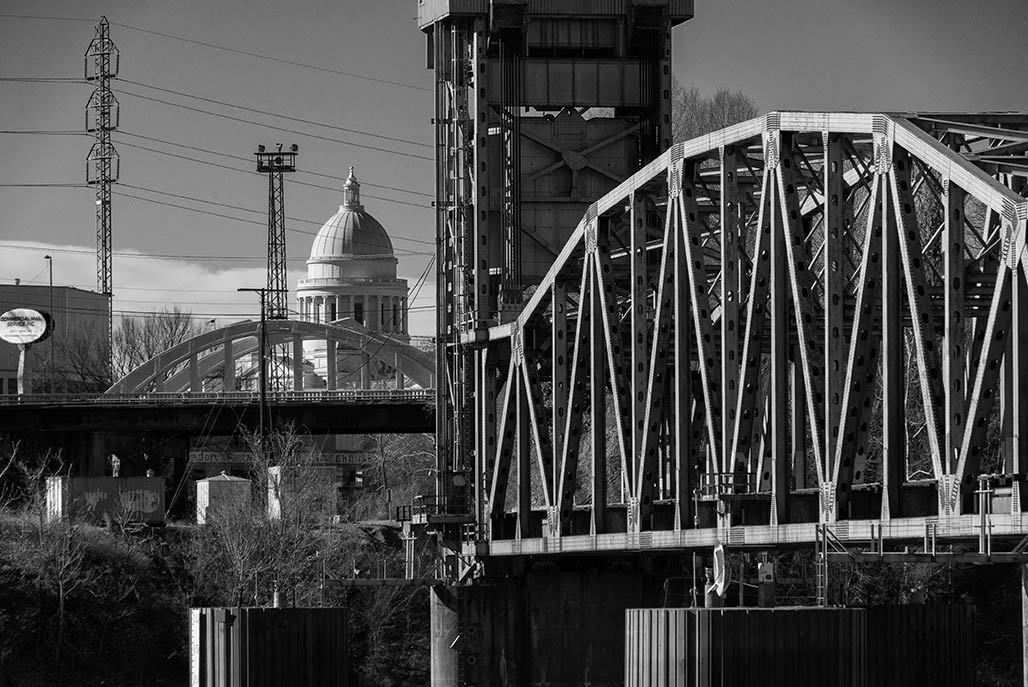
Your ability to create places that are meaningful and places of quality and character depends entirely on your ability to define space with buildings, and to employ the vocabularies, grammars, syntaxes, rhythms and patterns of architecture in order to inform us who we are.—Jim Kunstler
